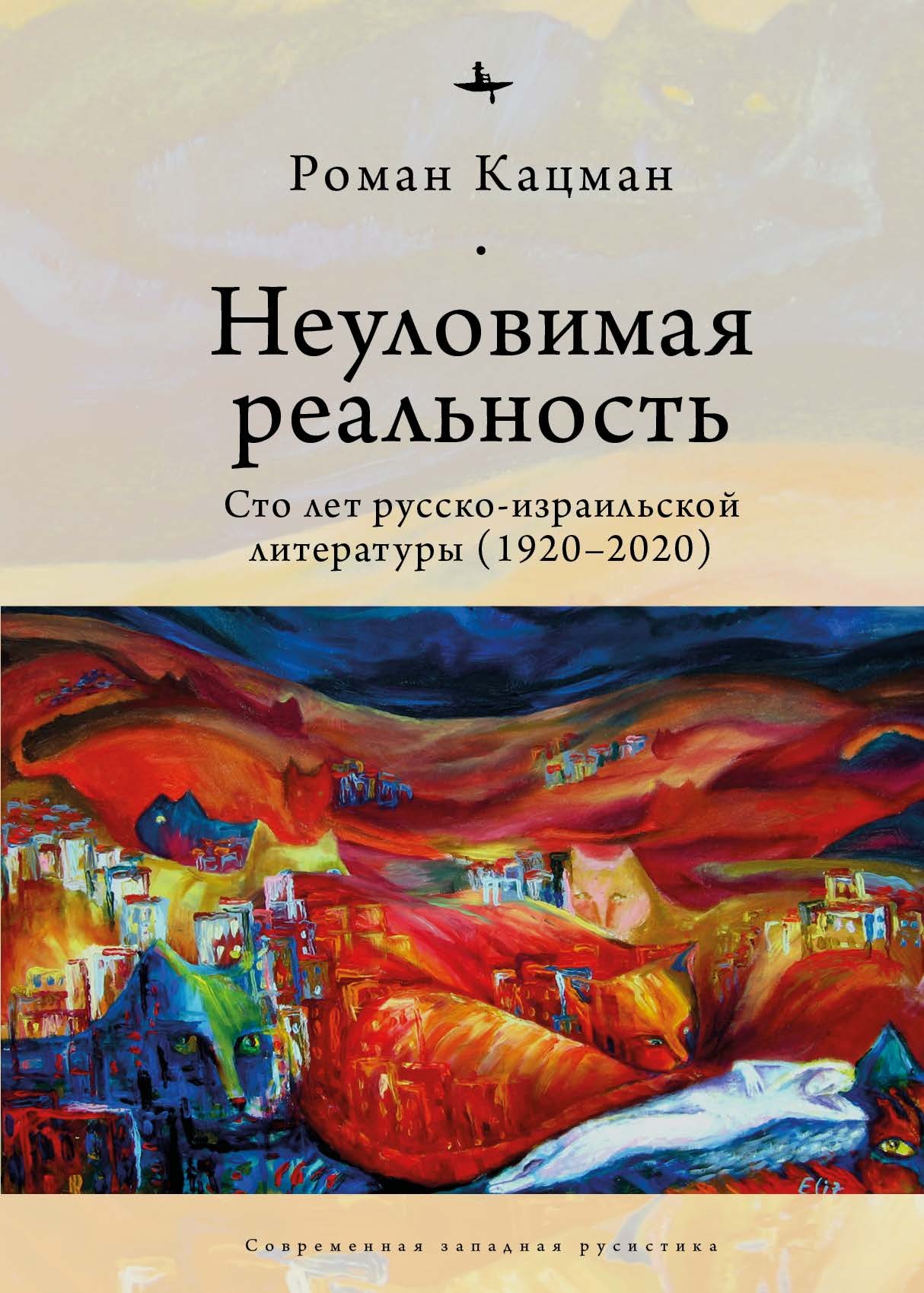Шрифт:
Закладка:
В книге рассматривается одна из особенностей русско-израильской литературы последних ста лет: поиск ответа на главный вопрос современности – что есть реальность? Уникальная традиция этой литературы вырабатывает сложные формы трансформации своей двойной культурной непричастности в тот парадоксальный философский реализм, который лишь сегодня, с высоты усвоенного и оставленного позади опыта постмодернизма, может быть осмыслен вполне. В то же время, при всей своей особости, русско-израильская литература разделяет с мировой литературой ее основную тенденцию: переход к существованию в виртуальной, сетевой, дополненной реальности. В книге рассматриваются произведения А. Высоцкого, А. Гольдштейна, Э. Люксембурга, Ю. Марголина, Д. Маркиша, Е. Михайличенко и Ю. Несиса, Д. Соболева, Я. Цигельмана, М. Эгарта и других.В формате PDF A4 сохранен издательский макет книги.





